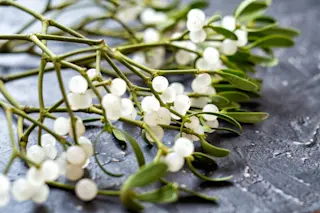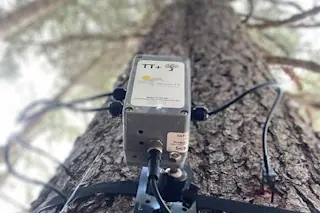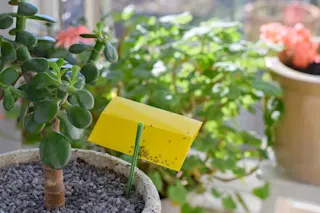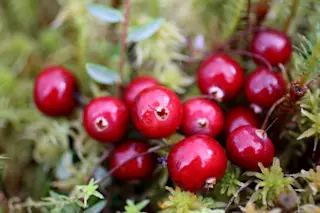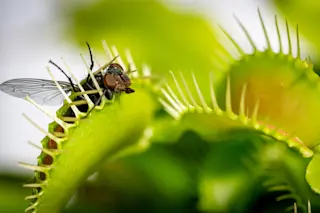Mistletoe is known for its presence during the holiday season. During dinner parties, couples will smooch under the festive plant with waxy leaves and sticky berries. At one point, mistletoe was also thought to hold mystical powers because it appeared to grow from nothing and had parasitic behaviors.
But mistletoe does more than seal a kiss. The berries off the festive plant can make a gluey thread called viscin. A study published in PNAS Nexus found that the threads of viscin from white-berry mistletoe could be made into flexible fibers that can stick to skin, cartilage, and other synthetic materials. The finding opens the possibilities for using the plant as a natural band-aid (wound sealant) and for other uses.
Scientists started investigating the berry's tacky material after one of the study researchers observed their daughter playing with mistletoe.
"So, when my daughter was playing with a berry from a mistletoe ...


